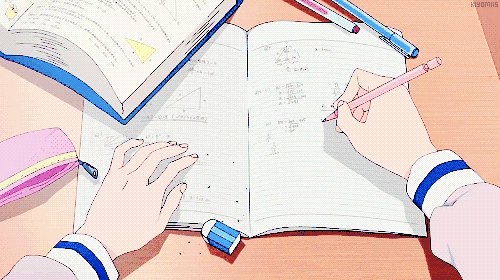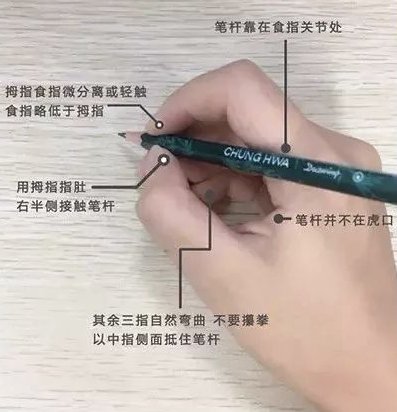Children are constantly developing individuals. We have heard too many cases of people who could not write well at first and then gradually developed their writing style. We have also seen too many children who can write quickly and well. To correct children's bad handwriting and help them form good writing habits, you can try the following methods.

1. Turn “writing well” into muscle memory
Some children write very well at first, but then their writing becomes more and more sloppy, as if they were not written by one person. The above problem lies in the fact that children just write and do not form muscle memory.
If children turn good writing into muscle memory, they can ensure that the action is completed without too much thinking. This allows children to have more energy to focus on thinking about problems instead of simply writing.
In other words: let the child develop finger muscle memory. First learn how to exert force and move the pen, and then use this memory to control the pen.
At this time, it is recommended that you learn to "memorize the copybook" when asking your children to practice calligraphy according to the copybook.
This requires children to carefully observe the characters on the copybook when practicing calligraphy, learn the glyphs, structures, strokes, etc. on the copybook, and summarize the characteristics of the strokes of the characters and the relationship between the strokes. Usually, if you copy more and practice more, as time goes by, your children will naturally "write with concentration", and after thinking about the answer, their hands can follow immediately.
2. Correct wrong writing habits
If a child develops wrong calligraphy habits at the beginning, not only will he not be able to write well, but the impact on the child will become more and more serious in the later period, and it will even be difficult to correct. Therefore, the child should develop good calligraphy habits from the beginning. Writing habits. Sit in a correct posture. First of all, children's sitting posture should follow the "three ones" principle: "One inch, one foot, one fist." Children's sitting posture is correct, which can not only improve the quality and speed of children's writing, but also protect their eyesight and physical health. In addition to sitting in a correct posture, the posture of holding the pen also affects children's learning efficiency.
Correct pen holding posture:

Here are some common incorrect pencil holding postures, parents should quickly correct them for their children:

The order of writing strokes should be standardized
Many children's handwriting is not good-looking, not because they are not serious, but because they write the strokes in the wrong order at the beginning, which leads to the "inverted stroke order" of the children.
3. For children to practice calligraphy, parents need to do the following:
If you want to practice calligraphy well, parents must not be idle.
1. Supervise children to persist and encourage them in time.
Practicing calligraphy cannot take three days to fish and two days to dry the net. It is a relatively long process. Parents can discuss a time with their children and set aside half an hour every day to practice calligraphy. If the children can persist, they should be encouraged and praised in time.
2. Create a quiet atmosphere
Parents should also pay attention to their children's calligraphy practice. This does not mean that it is not a class assignment, just write casually. Parents should create a quiet atmosphere while their children are practicing calligraphy so that their children can concentrate and improve their calligraphy efficiency.
3. Serve as a role model
If parents or friends can become children's calligraphy role models, the children will have a mentality of imitating the role models, and they will want to practice calligraphy well. This will stimulate the children's enthusiasm and make them interested in calligraphy practice.








